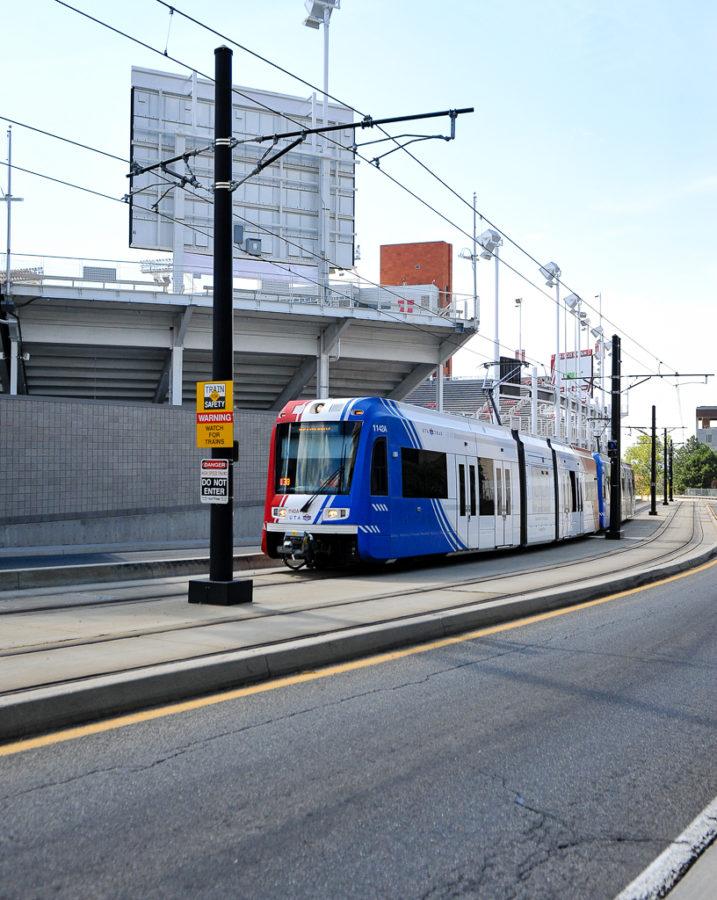Near the end of July, a pregnant woman was killed in an accident involving a FrontRunner train and a car of which she was a passenger. Kaipa ‘Ofa Ki’Uiha Kinikini was survived by her immediate family— including her unborn baby who lived through the crash. “Losing my sister is a tragedy,” Masina Tuifua, the victim’s sister, told Deseret News. “She can never be replaced. But out of it, she brought an angel that [we will] be watching over with the rest of our kids.”
Immediately after the incident, questions of who was to blame began circulating. Utah Transit Authority was quick to deflect any responsibility. Remi Barron, a spokesperson for the company, said it was likely the driver of the car was trying to beat the train and illegally drove around the lowered crossing arm.
It may be easy to dismiss occurrences like this as examples of user error, but that doesn’t mean it is productive. Whatever the cause of the collision, the reality remains that a car was on railroad tracks at the same time a train was passing. Whether safety protocols failed or were bypassed shouldn’t matter because, either way, somebody was killed. Rather than play the blame game, UTA should look into increasing its safety measures so accidents like this can be avoided in the future.
Far from being an isolated incident, crashes involving trains, cars and people seem to be happening continuously. In January, one person was killed and seven more were injured when a car hit a TRAX train that then derailed. Another derailment occurred in May when a conductor sped excessively and caused the train to fly off the tracks, injuring three passengers. Also in May, a pedestrian was hit by a FrontRunner train in Provo and died immediately. In June, a woman was killed in Lehi when a train full of passengers collided with the truck she was in. That same month, a man was critically injured when a train hit his pickup truck in Provo. A third truck was hit in July, this time by a TRAX train and with no reported injuries.
Just weeks ago, a man was struck and killed by a Red Line train as he was walking downtown.
What is troubling is this is by no means a new problem. In 2011, The Salt Lake Tribune performed an analysis of federal data that revealed TRAX and FrontRunner trains had the highest rates of accidents and injuries of any comparable public transit systems in the country. According to The Tribune, UTA’s response to this was to launch a public safety campaign aimed at educating the public, including ads on how to behave around trains. At a news conference, UTA’s general manager Michael Allegra said that safety was the company’s number one priority. “Even one death is unacceptable to us,” he said.
There were four non-suicide related deaths involving TRAX and FrontRunner trains in 2011. There have been at least five already this year.
Half a decade after UTA was ranked one of the most dangerous transit systems in the nation, it doesn’t appear as if anything has been done to address this fac t— aside from a safety campaign that has had no tangible or quantifiable impact. If one death is unacceptable to the company, five should be unutterably so. UTA needs to address this incessant problem that has put our state on the national map for dangerous transport.
letters@chronicle.utah.edu


